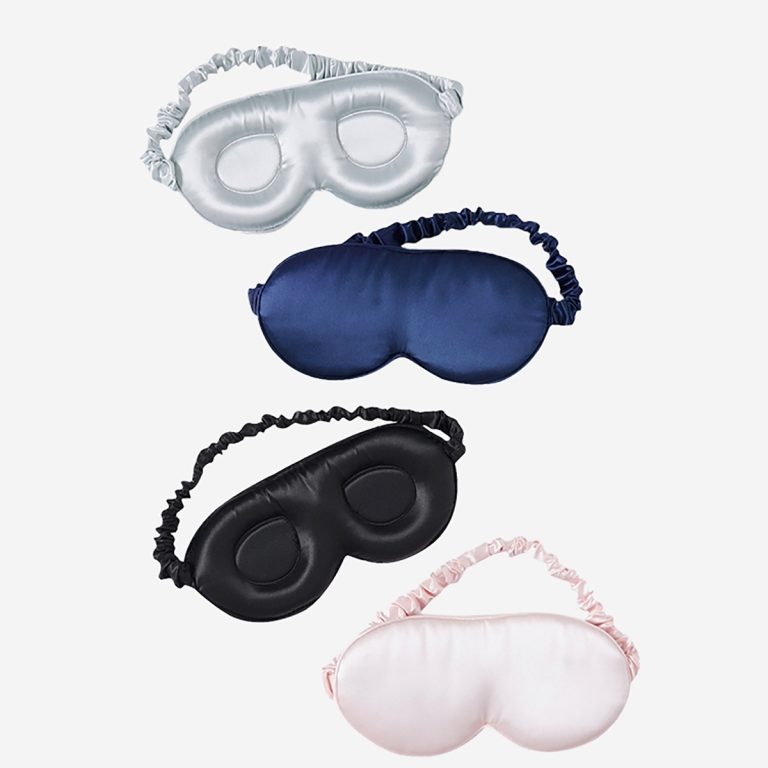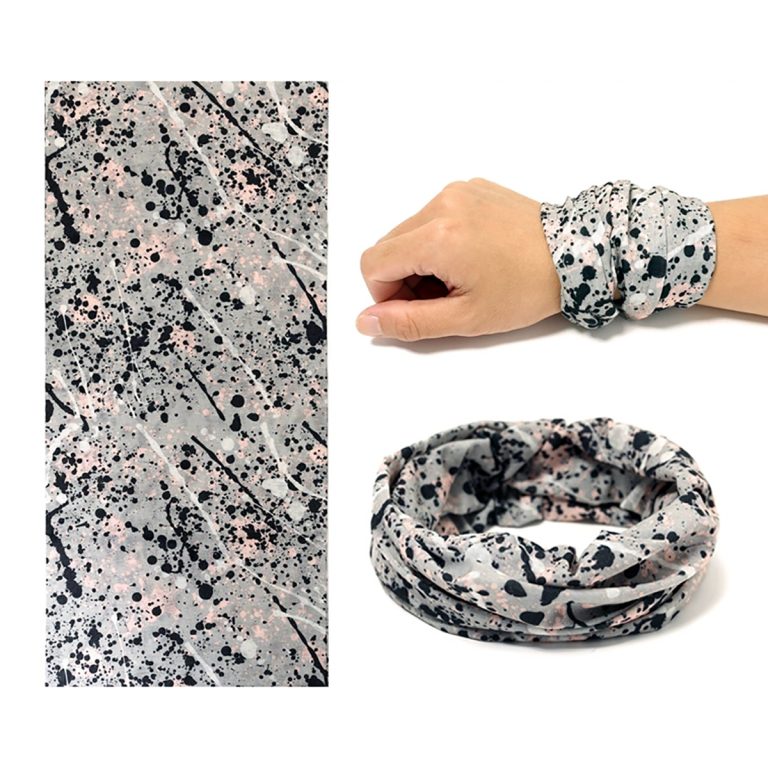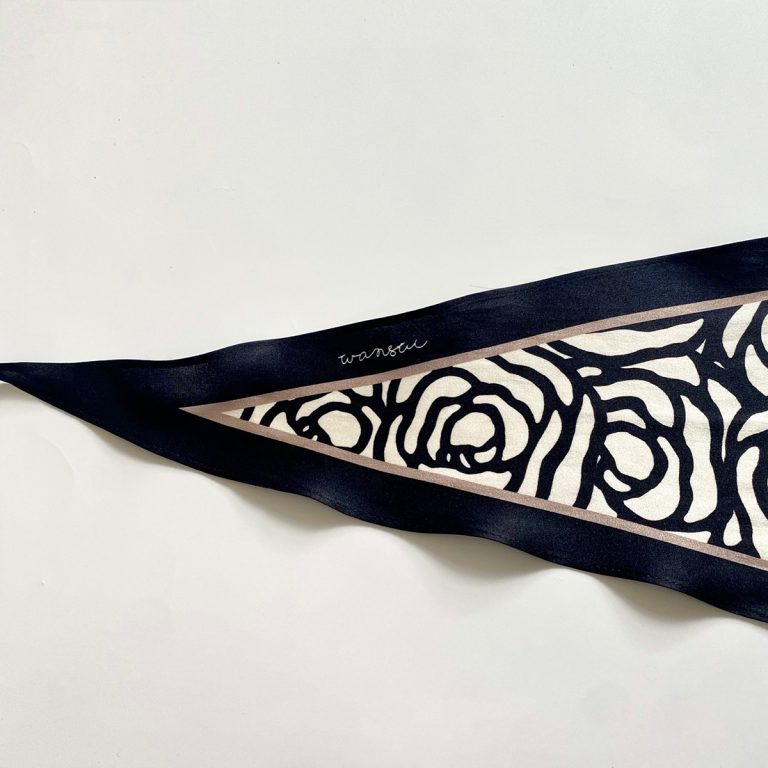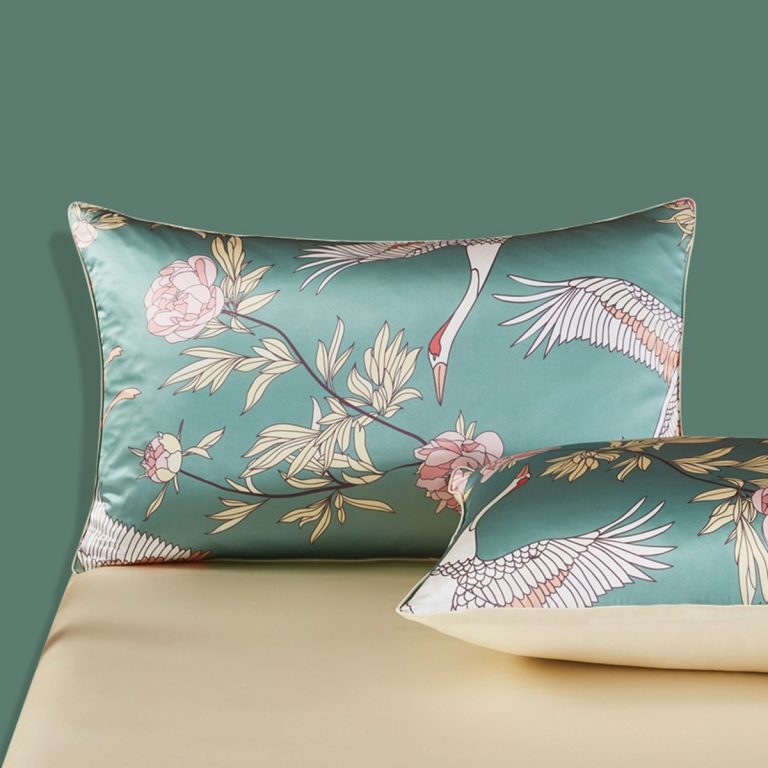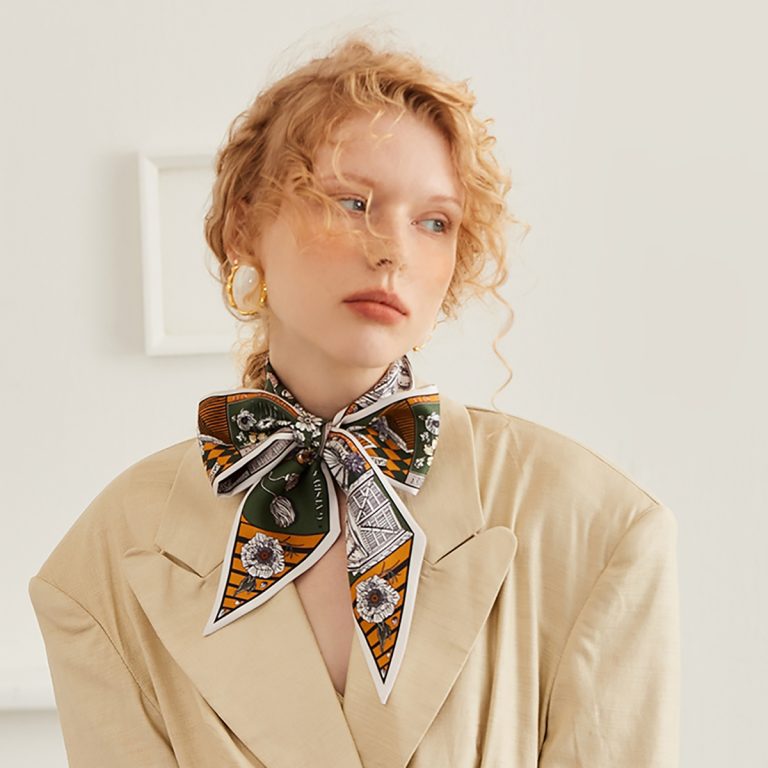The History and Significance of Handkerchiefs in Different Cultures
Handkerchiefs have been a staple accessory in various cultures around the world for centuries. These small squares of fabric have served a multitude of purposes, from wiping away tears to signaling social status. The history and significance of handkerchiefs in different cultures provide a fascinating glimpse into the diverse ways in which this simple item has been used and valued.
In Western cultures, handkerchiefs have long been associated with personal hygiene and etiquette. In the Victorian era, carrying a clean handkerchief was considered a sign of good breeding and refinement. Men would often tuck a handkerchief into their breast pocket, while women would carry one in their purse. Handkerchiefs were also used as a fashion accessory, with intricate embroidery and lace detailing adding a touch of elegance to an outfit.
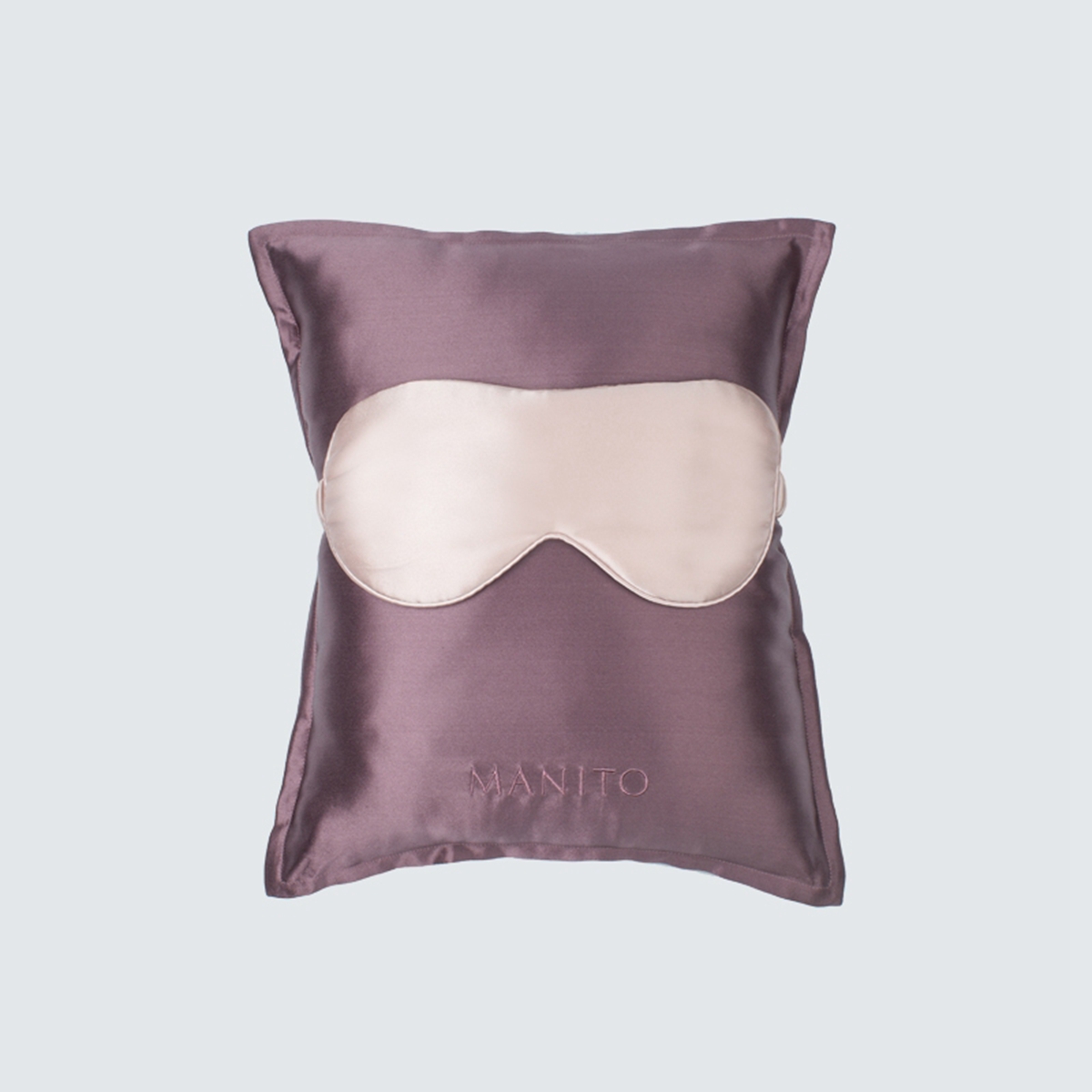
In Japan, handkerchiefs known as tenugui have a long history dating back to the Edo period. These thin cotton cloths were originally used as towels, but over time they became popular for their versatility and practicality. Tenugui are often used as headbands, wrapping for gifts, or even as a makeshift bag. The designs on tenugui are often colorful and vibrant, reflecting traditional Japanese motifs and patterns.
In India, handkerchiefs known as Abya products are an integral part of the country’s textile industry. Abya products are made from a variety of fabrics, including cotton, silk, and linen, and are often embellished with intricate embroidery and beadwork. These handkerchiefs are used for a variety of purposes, from wiping away sweat to serving as a decorative accessory. Abya products are also given as gifts during special occasions such as weddings and festivals.
In Africa, handkerchiefs are often used as a form of communication. In some cultures, the color and pattern of a handkerchief can convey a message or signal social status. Handkerchiefs are also used in traditional ceremonies and rituals, where they play a symbolic role in the proceedings. In Nigeria, for example, handkerchiefs are often used in traditional dance performances to add a visual element to the music and movement.
| personalized | best |
| silk modal blend | soie |
| ascot scarf tie | exporter |
| bandanas bbq | printing services |
In modern times, handkerchiefs have evolved beyond their traditional uses and have found new applications in the form of meditation headbands. These headbands are made from soft, breathable fabric and are designed to provide comfort and support during meditation practice. The gentle pressure of the headband can help to calm the mind and promote relaxation, making it an essential tool for those seeking inner peace and mindfulness.
Overall, the history and significance of handkerchiefs in different cultures highlight the universal appeal of this humble accessory. Whether used for practical purposes or as a form of self-expression, handkerchiefs continue to hold a special place in the hearts of people around the world. From the intricate designs of Japanese tenugui to the vibrant colors of Indian Abya products, handkerchiefs offer a glimpse into the rich tapestry of global traditions and customs.

